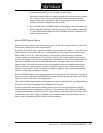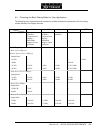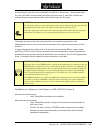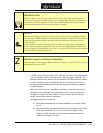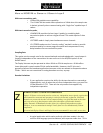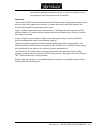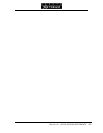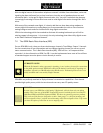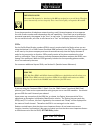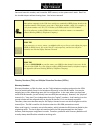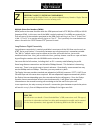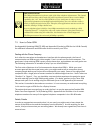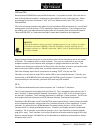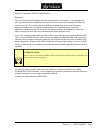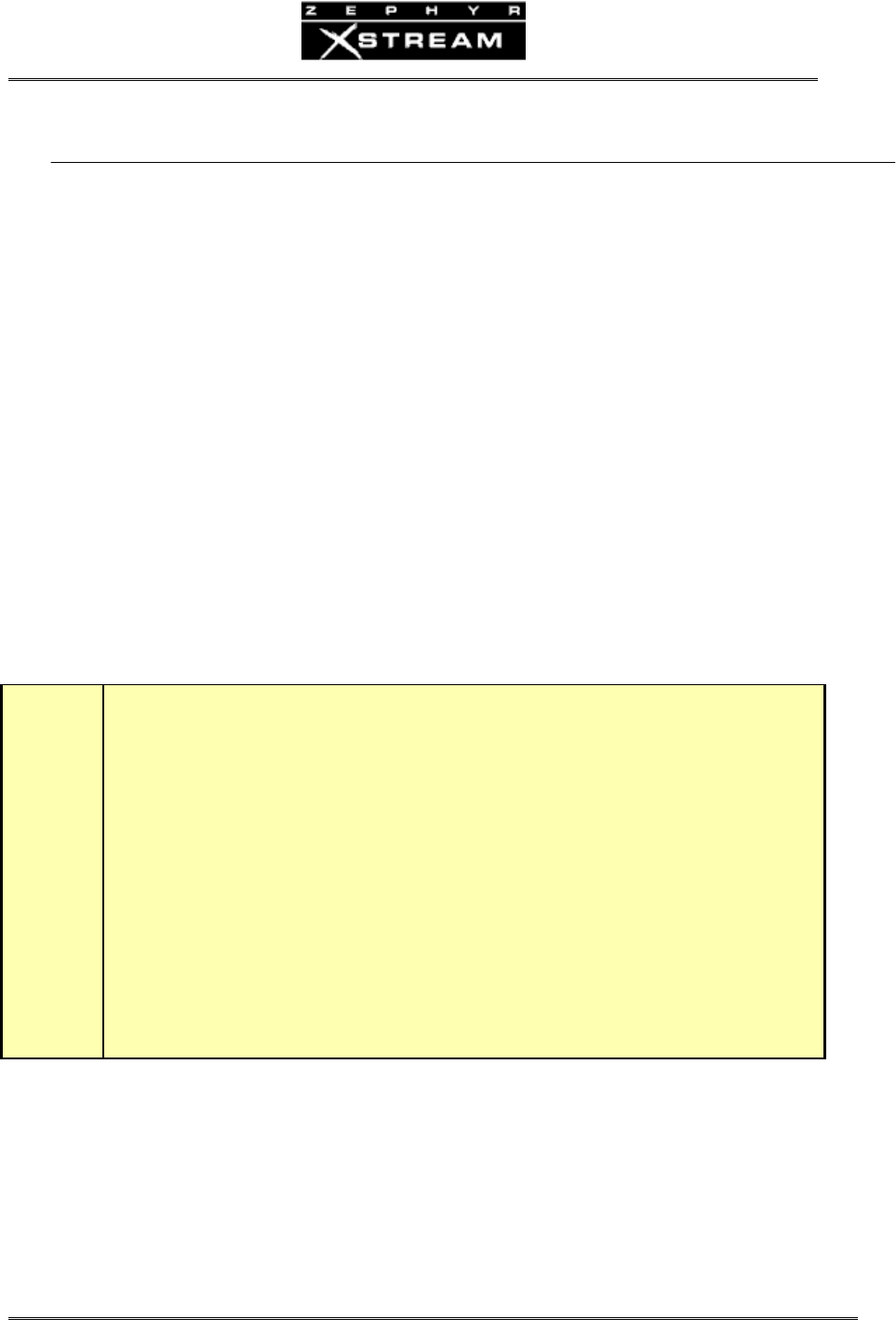
USER’S MANUAL
Section 7: ISDN BASICS 133
7 ISDN BASICS
7.1 Background
Itwastheintroductionofdigitaltransmissionservicesfromtelephoneproviders,whichhas
madetheZephyrfamilypossible.Thetelephoneinfrastructurehasmovedfromanalogto
digital.Telephonymadethefirstsignificantuseofdigitalaudiotechniques.Inthemid60’sa
digitaltransmissionmethodcalled“T‐carrier”begantobewidelydeployedtoexpandthev
oice‐
channelcarryingcapacityofexistingcopperwires.Whiletheywereintendedoriginallyfor
simplesingle‐channelanalog,engineersdiscoveredthatthecommoncopperwirepairswere
capableofmuchhigherbandwidththanthe3.4kHzrequiredforspeech.Indeed,itwas
determinedthattwoofth
esepairscouldbemadetorelay24voiceconversations–iftheywere
digitizedandappropriatelymultiplexed.Thuswasbornthebasictechnologyusedfordigital
telephonytoday.
Thestandardsdevelopedthencontinuetodefinethedigitaltelephonenetwork:an8kHz
samplingrate(resultingfromthedesired4kHzNyq
uistfrequencytoaccommodatea3.4kHz
audiobandwidth,withguardband)with8bitsofamplituderesolution(instantaneously
compandedtoprovideperformanceroughlythesameasa13bitlinearsystemproducing78dB
dynamicrangeforspeechsignals).Thusthebasicvoicechannelbitratewasestablishedtobe
64kbps.(8
kbyte/secx8bits=64kbps.)
t
DEEP TECH NOTE!
Actually, the original Telco technique used only 7 bits for the audio, and the 8
th
bit was used
for signaling. Since the digital technology was deployed as isolated links (later over
microwave or coax cable) within an otherwise analog network, channel banks at the
boundaries of each digital interface performed analog-to-digital-to-analog conversion.
It was soon discovered that quantization noise was a problem, given that many calls
underwent 3 or more conversions enroute. Since the signaling did not require 8kHz
resolution, it was decided to use all 8 bits for audio, but to “rob” this low order bit on every
6
th
sample for signaling. This improved the noise problem, without the need to revamp the
rest of the system.
This “Robbed bit” signaling is still occasionally encountered with T1 applications. It is
ironic to discover that these bits (2 in each direction) are merely used to emulate the switch
hook leads on much older analog trunk interfaces.
ISDN BRI and PRI finally bring truly modern signaling to the local loop. In fact PRI is very
closely related to the SS7 technology used for interoffice trunks.
Theseearlyapplicationsofdigitaltechnologywereinventedbythetelephoneindustryforits
ownbenefit.Thefactthattheyweredigitalwasneitherobviousnorimportanttocustomers.
However,telephoneengineerssoonlearnedtoappreciatedigitalaudioforthesamereasonwe
intheproaudiocommunityhave:immunitytonoiseandotherqualityimpairments,easeand
flexibili
tyofroutingandmultiplexing,andlowercostduetocompatibilitywiththeelectronics
andmediainventedfortherapidlyadvancingcomputerindustry.
Nearlyalllong‐distancecallsarenowconnectedfromcity‐to‐cityusingdigitalpathsonfiber
cablesandnearlyallswitchingandroutingisperform
edbydigitalmachines.



